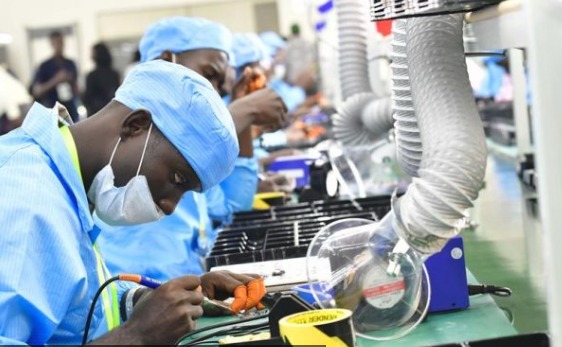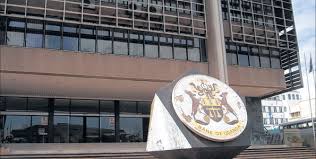From Setbacks to Comebacks: Uganda’s Manufacturing Sector Post-COVID

No Excerpt
The COVID-19 pandemic presented unprecedented challenges for Uganda’s manufacturing sector, disrupting supply chains, stifling demand, and forcing businesses to adapt rapidly.
However, resilience, innovation, and government intervention have spurred a strong recovery, setting the stage for sustainable growth.
The manufacturing sector faced significant setbacks during the pandemic. Global lockdowns interrupted the importation of essential raw materials, while domestic restrictions curtailed production.
Factories operated at reduced capacity, and exports plummeted as international trade routes were paralyzed.
Key industries such as textiles, beverages, and construction materials experienced sharp declines in demand.
Some manufacturers were forced to halt operations, exposing the sector’s reliance on imported inputs and vulnerability to global disruptions.
Resilience Through Local Sourcing
The crisis prompted a shift towards self-reliance. Manufacturers increasingly turned to locally available raw materials to sustain production.
For example, the food and beverage sector ramped up its use of Ugandan-grown agricultural produce, reducing dependence on imports.
This pivot not only mitigated supply chain risks but also bolstered local economies, creating new opportunities for smallholder farmers and local suppliers.
A Surge in Essential Goods
To meet the surging demand for essential goods, many manufacturers repurposed their operations. Factories began producing hand sanitizers, masks, and medical equipment, showcasing the sector’s adaptability.
This pivot addressed critical market gaps while providing manufacturers with new revenue streams during a period of reduced activity in other segments.
Digital Transformation in Manufacturing
The pandemic accelerated digital transformation in Uganda’s manufacturing sector. Companies embraced automation, data analytics, and supply chain digitization to improve efficiency and reduce costs.
Businesses that adopted these technologies were better equipped to navigate disruptions and position themselves for recovery, laying the groundwork for long-term competitiveness.
Government Support and Policy Adjustments
The Ugandan government played a vital role in stabilizing the manufacturing sector through targeted interventions. Key measures included:
- – Tax Relief: Temporary reductions in taxes eased financial pressures on manufacturers.
- – Import Substitution Policies: Incentives encouraged local production of goods previously imported.
- – Industrial Parks: Investments in industrial parks and infrastructure created a conducive environment for manufacturing and attracted investment.
These efforts have not only supported recovery but also provided a foundation for future growth.
Exports and Regional Trade
As global markets recovered, Uganda’s manufacturing exports rebounded, particularly within the East African Community (EAC). The region remains a crucial market for goods such as cement, steel, and processed foods.
Improved trade agreements and infrastructure have enhanced Uganda’s competitiveness in regional markets, offering opportunities for expansion and diversification.
Challenges Persist
Despite the recovery, the sector continues to face hurdles:
- – Rising Production Costs: Escalating costs for inputs and energy strain profitability.
- – Limited Financing: High-interest rates and restricted access to affordable credit hinder growth and modernization.
- – Power Supply: Inconsistent electricity remains a significant bottleneck for manufacturers.
- – Imported Competition: Subsidized imports often undercut local producers, threatening their market share.
The Road Ahead
Uganda’s manufacturing sector has demonstrated remarkable resilience, offering a glimpse of its potential to drive economic transformation.
By capitalising on local resources, embracing technology, and strengthening regional trade ties, the sector can sustain its recovery and foster long-term growth.
The lessons learned during the pandemic have highlighted the importance of self-reliance and innovation, positioning manufacturing as a cornerstone of Uganda’s post-COVID economic resurgence.
With the right strategies, the sector can become a key engine of growth, creating jobs and reducing dependency on imports.




